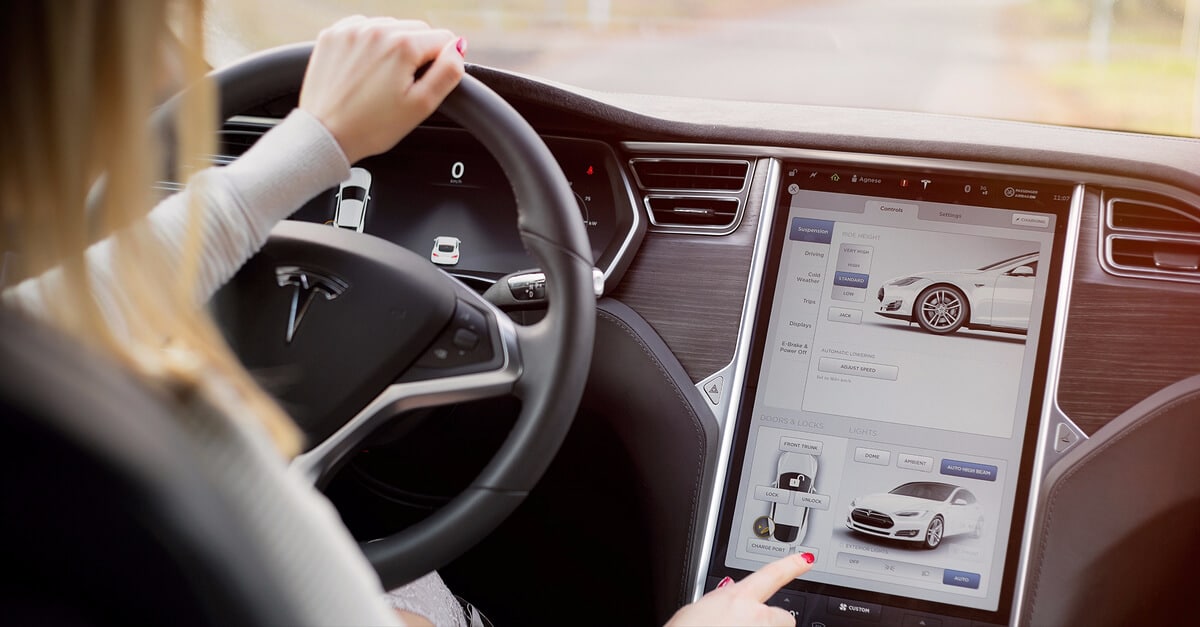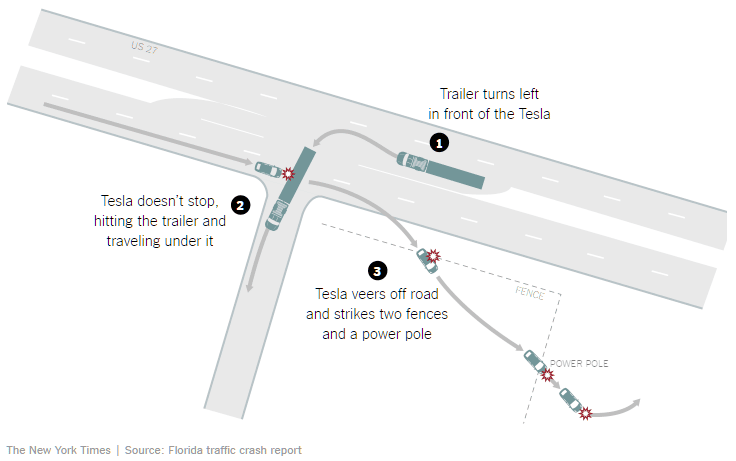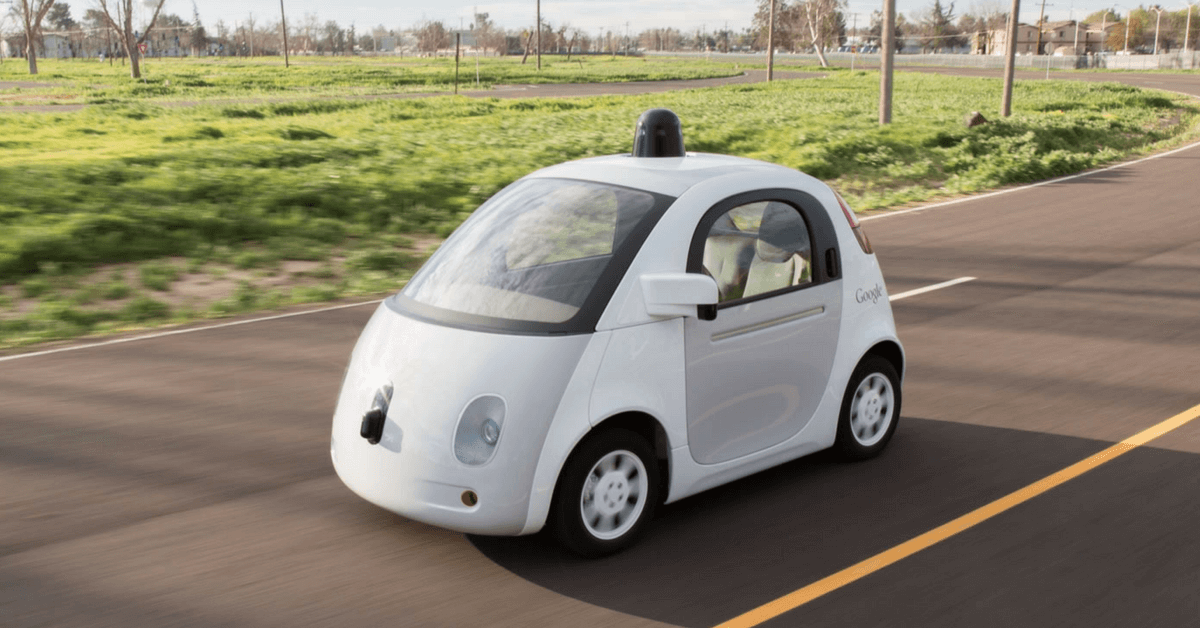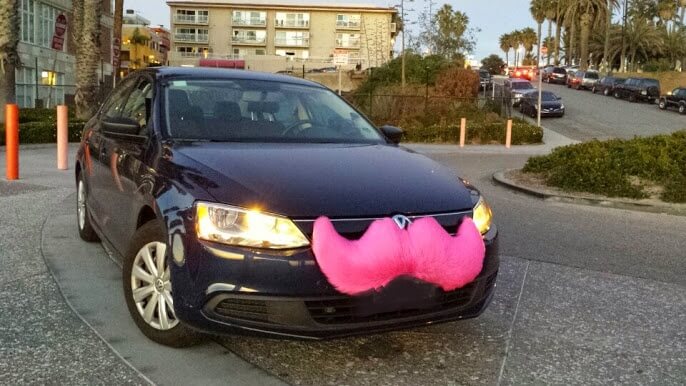The question should not be whether driverless cars will be perfect. The question is will driverless cars be better – and safer – than humans? Hint: they will.

Let’s talk about the recent fatality involving a Tesla Model S that was operating on auto pilot mode. The instant this occurred, many people were calling for the end of autonomous technology.
But eventual automobile accidents, and fatalities, involving driverless cars wasn’t just foreseeable.
They were expected.
Perfection should not be the standard for autonomous vehicles.
That’s why the recent fatal crash involving a Tesla self-driving car – with its “Autopilot” function (automated driving system) engaged – should not be interpreted as a sign that driverless cars and the automated vehicle technology is too dangerous to be on the road.
People need to realize that fatal crashes will occur and continue to occur.
As an automobile accident attorney, I have a unique perspective on this topic, because I see and help people who are injured or killed by human drivers every single day. Autonomous vehicle technology isn’t perfect, but it is going to be a lot better than when people are behind the wheel.
Yes, we do want to get to a world of 0 motor vehicle accident fatalities. But in the near term we’re headed to a world whereas this driverless technology is adopted perhaps 2,000 or 5,000 Americans will die by driverless cars every year – instead of the 35,000 Americans currently being killed in motor vehicles crashes driven by human beings. Many of these 35,000 Americans who are being killed every year in car accidents are being killed by other human beings making all-too-human errors in judgment or driving distraction. I’ve litigated crashes caused by people texting, drinking and driving, falling asleep behind the wheel, and even masturbating.
Computers don’t do this.
But people do.
It is also worth reminding everyone that Tesla’s “Autopilot” feature has proved itself to be anything but dangerous.
In its June 30, 2016, blog post, “A Tragic Loss,” Tesla stated:
“This is the first known fatality in just over 130 million miles where Autopilot was activated. Among all vehicles in the US, there is a fatality every 94 million miles. Worldwide, there is a fatality approximately every 60 million miles.”
Truck cut-off Tesla self-driving car, which had the right-of-way
As further reason to refrain from blaming driverless car technology for the May 7, 2016, fatal crash that took the life of the Tesla owner appears to be that the fatal wreck occurred when a truck made an illegal left turn in front of the oncoming Tesla vehicle, which had the legal right-of-way.
As an attorney who focuses most of his practice on truck and tractor trailer accidents, I should also add that not only did the Tesla driver have the right of way, but many trucking companies plan routes to avoid left turns whenever possible because they are so potentially dangerous and because a left turn is one of the most common causes of truck accidents.
In its June 30, 2016, story, “Self-Driving Tesla Was Involved In Fatal Crash, U.S. Says,” The New York Times reported:
“[T]he driver of a Tesla Model S electric sedan was killed in an accident when the car was in self-driving mode. Federal regulators, who are in the early stages of setting guidelines for autonomous vehicles, have opened a formal investigation into the incident, which occurred on May 7 in Williston, Fla. In a statement, the National Highway Traffic Safety Administration said preliminary reports indicated that the crash occurred when a tractor-trailer made a left turn in front of the Tesla, and the car failed to apply the brakes.”
A July 1, 2016, graphic from The New York Times entitled “Inside the Self-Driving Tesla Fatal Accident” illustrates clearly how the tractor-trailer cut right in front of the Tesla, which had the right-of-way:

Similarly, here’s how Tesla described the fatal crash in its June 30, 2016, blog post, “A Tragic Loss”:
“What we know is that the vehicle was on a divided highway with Autopilot [i.e., automated, self-driving system] engaged when a tractor trailer drove across the highway perpendicular to the Model S.”
Based on the facts above, the Tesla had the right-of-way.
It’s worth reminding everyone that it would be impossible for any vehicle – whether one operated by a human being or by a computer – to drive anywhere if they always have to assume another car is going to break a traffic law like running a red light or, as here, making a left turn in front of another car that has the right-of-way.
We couldn’t drive anywhere if we always had to assume this. It isn’t the auto law in Michigan, and it isn’t the auto law anywhere in the country.
My heart and sympathies go out to the family of the driver who lost his life in the fatal Tesla crash.
But let’s hold off on knee-jerk calls to stop the technological progress that promises to save so many lives because of this tragic, but quite foreseeable, fatal crash.



One Reply to “Fatal Tesla Self-Driving Car Crash Should Not Be End Of The Road For Driverless Cars”